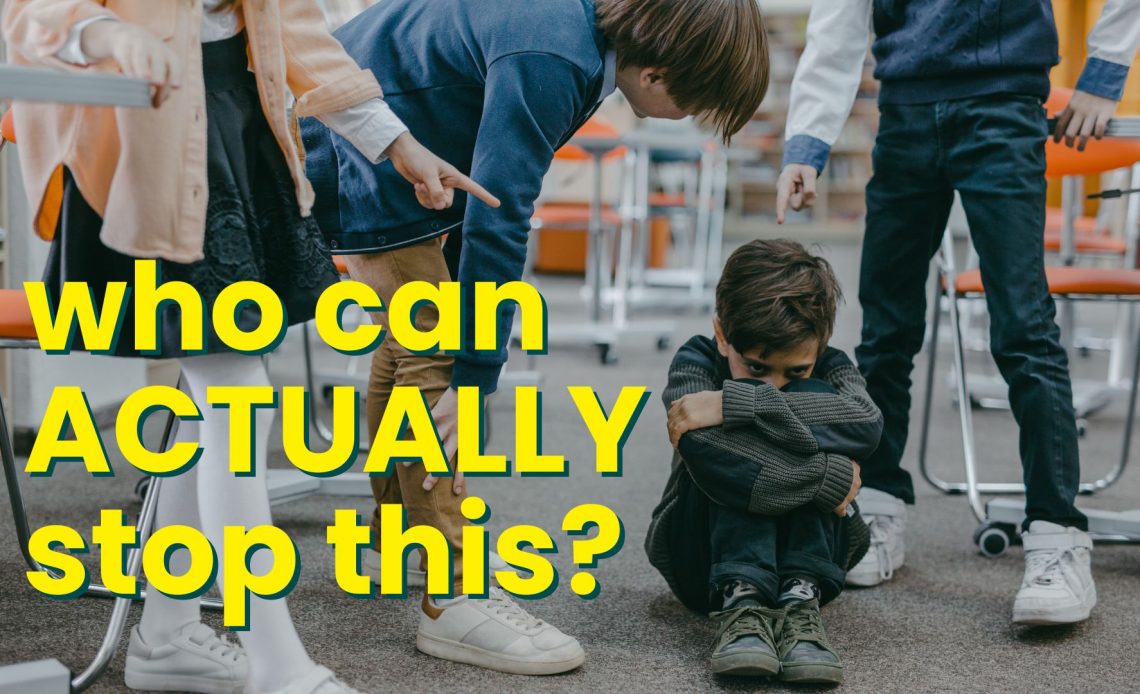
Bullying isn’t just a problem for schools; it’s an issue that has deep, long-lasting effects on individuals, families, and communities. Recent bully cases in Malaysia have highlighted the urgent need for effective action to tackle this issue, and while victims often bear the brunt of bullying’s impact, they are not the only ones responsible for stopping it. The power to prevent bullying lies within a broader circle of people – from parents and teachers to, most critically, bystanders. This article dives into how each role, including the role of bystanders can actively combat bully behaviour and create a safer, more supportive environment.
The Role of the Victim: Why the Responsibility Should Not Lie Solely with Them

Victims from bullies already face the emotional toll of hurtful words, exclusion, and sometimes physical aggression. Expecting them to single-handedly stop bullying is not only unrealistic but also unfair. When it occurs, the focus should shift toward those in a position to intervene and offer support. Helping victims feel empowered and supported by the bystanders such as their peers, teachers, and family members can prevent feelings of isolation and helplessness. By reducing pressure on victims to “handle” their own bullying experiences, we create an environment that fosters recovery, resilience, and hope.
The Challenge for Parents and Teachers in Addressing Bullying
Both parents and teachers play essential roles in supporting victims and identifying such behaviors, but they face unique challenges:
- Identifying Bullying: It is not always obvious; it can be subtle and occur behind closed doors, making it difficult for adults to detect. Parents may not realize their child is being bullied, especially if the child feels ashamed or is afraid of escalating the problem by speaking out. Teachers, too, have large classes to manage, making it hard to notice every student interaction.
- Providing Support: Even when it is identified, knowing how to support the victim and address the issue can be challenging. Teachers may feel they lack adequate training to handle such situations, and parents may struggle with knowing what to say or do to comfort their child and take appropriate action.
However, even with these challenges, both parents and teachers are crucial in building a positive, proactive approach to preventing bullying. Regular open conversations, showing genuine interest in a child’s social life, and encouraging children to talk openly about their problems help create a support network around potential victims.
The Influence of Bystanders: How They Can Make All the Difference

The role of bystanders is often underestimated in bully prevention. Bystanders can play a significant part in either discouraging or unintentionally encouraging such behaviour. Research shows that in situations where bystanders do nothing, bullies often feel empowered to continue their actions. However, when bystanders step in, support the victim, or report the behavior, bullying tends to stop.
- Empowering Bystanders: It’s important to educate students about the impact they can have by standing up for their peers. Simple actions like reporting bullying to a teacher, offering support to the victim, or even disapproving glances can signal to bullies that their behavior is unacceptable.
- Creating a Culture of Kindness: Schools and communities can promote anti-bullying values and encourage students to look out for one another. This shift from a passive bystander to an active ally transforms the school environment into a safer, more inclusive space where bullying is less likely to thrive.
Taking Collective Action Against Bullying

Stopping bullying requires a collaborative effort. Schools, families, and communities should play the role of bystanders all have parts to play in creating a culture that discourages harmful behaviors and promotes kindness. For schools, implementing policies and providing resources to foster a positive environment can greatly reduce bullying. In families, having open discussions about bullying and teaching children empathy, respect, and communication skills are crucial. Community programs can also reinforce these values by offering workshops and activities that encourage teamwork, understanding, and support.
How Pandai Fosters a Safe Learning Space
While Pandai doesn’t directly intervene in bullying situations, it contributes to building a supportive, inclusive educational environment. The Pandai app includes social-emotional learning resources and fosters connections among students, creating a positive space where students can focus on learning and growth without fear of judgment. By reinforcing values like empathy and respect through its resources, Pandai plays a subtle but impactful role in anti-bullying efforts.
Bullying is a complex issue that needs a multi-layered approach. While victims need support, the real power to stop it lies with the collective actions of parents, teachers, bystanders, and community members. Creating an inclusive, supportive environment can significantly reduce bullying incidents and help everyone feel more comfortable stepping in when necessary. With the right tools, resources, and attitudes, we can all work together to stop bullying. For more resources on building a positive learning environment, explore the Pandai app today!

